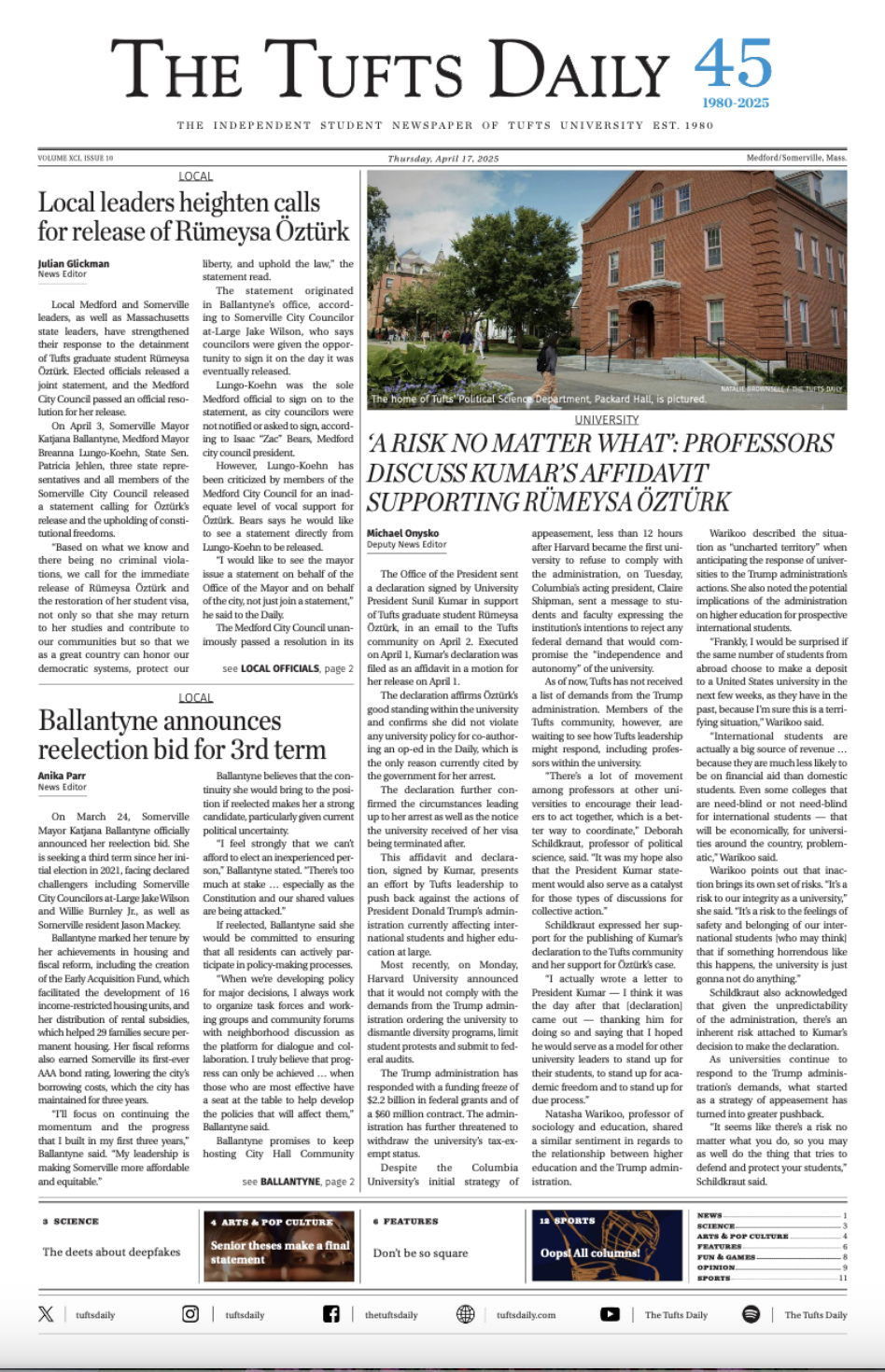Think of the ingredients for your favorite recipe. There's probably butter, salt and other stuff you'd find in the various aisles at Stop and Shop. What about liquid nitrogen or sodium alginate? I bet your recipe needs a skillet - why not trade it in for a thermal immersion circulator?
I'm referring to what is at the forefront of the culinary arts: molecular gastronomy. This extension of nouvelle cuisine incorporates technology into the kitchen, allowing chefs to deconstruct and reinvent popular dishes and flavor pairings. Put simply, traditional textures and tastes have been subverted by centrifuges.
First, a brief history of this method. Many attribute the German occupation of France to nouvelle cuisine's growth - protein supplies were limited, forcing chefs to construct lighter dishes. In the 1970s and '80s, nouvelle cuisine hit its stride. A group of young French chefs - Paul Bocuse, Alain Senderen and Michel Guerard, among others - were some of the first to radically alter gastronomy's status quo. Their dishes emphasized inventive flavor pairings, lighter sauces and the natural flavors of the ingredients. In effect, these chefs were breaking from the orthodoxy established by the great?grandfather of western cooking, Georges Auguste Escoffier.
Equally important to nouvelle cuisine was presentation and the use of technology. Techniques such as steaming gained popularity as chefs looked for new ways to prepare ingredients. Microwaves started to be found in Michelin?starred restaurants. Suddenly, the plate was a canvas and the chef ... an artist.
One adherent to nouvelle cuisine got a big break in 1984 when he was offered the job as a line cook at a two?starred restaurant located along the Costa Brava. Eighteen months later, this 22?year?old was made head chef. His name - Ferran Adr?¬a. The restaurant - El Bulli.
Adr?¬a and El Bulli were responsible for a lot of the technological changes to food. The restaurant opened for only six months each year - between October and March, Adr?¬a and his team conducted culinary research in Barcelona. Their laboratorial efforts paid off - each of the 35 courses in an El Bulli meal were unlike anything that had been done before. El Bulli was one of the first restaurants to use liquid nitrogen. With a boiling point of ?321 degrees Fahrenheit, liquid nitrogen can be used to freeze vodka, hibiscus flowers and even polenta. Similarly, Adr?¬a inverted textures and flavors using technology. He's created foams, powders and even liquid olives. The only thing he can't figure out: hot ice cream.
Another major player in this avant?garde cuisine is Heston Blummenthal, who helped popularize sous?vide cooking. French for "under vacuum," this technique places vacuum?sealed containers of food in low temperature water for an extended period of time. The appeal is that the sealed food will retain all of its flavors as well as any flavors that were added to the food (i.e. infusions or marinades). It's like poaching, but even more precise. Furthermore, by immersing the food in water, the meat cooks evenly. Now, your medium?rare steak will be a deep pink all the way through, not just in the middle.
Before he became an anti?American loony, Ezra Pound was one of the most popular writers of the 20th century and the unofficial torchbearer of the Modernist movement. His battle cry - "Make It New" - helped tear down the walls of tradition and make way for a fresh way of thinking. People back in the United States scoffed at his Imagist poems, the same way people brush off all this hocus?pocus in the kitchen.
Does all of this weird you out? If it does, try thinking about cooking as an art form, with Heston Blummenthal, Wylie Dufresne (head chef of wd~50) and Ferran Adr?¬a as the gastronomic equivalent to Duchamp, Stravinsky and Joyce. If such an analogy seems farfetched, then go back to eating your well?done steak.
--
Chris Poldoian is a senior majoring in Spanish and economics. He can be reached at Chrisopher.Poldoian@tufts.edu.





